This week Toyota announced it has sold over 5.5 million hybrid vehicles in the past 16 years.
Accompanying the reveal of its new Yaris Hybrid R, which will make its debut at the Frankfurt motor show next month, Toyota says it will devote almost its entire presentation to hybrid technology.
Likewise, Land Rover has made a big push with hybrid vehicle technology with the launch of the Range Rover Hybrid. Driven by Autocar this week, the car is claimed to average 44.1mpg and emit just 169g/km of CO2.
It’s hard to argue against the rise of hybrid vehicle technology. Here, Autocar looks back at the history of the hybrid and electric vehicle.
1839 – 1900
The story begins in Scotland in 1839, where Robert Anderson claims to have built the World’s first electric vehicle in his workshop in Aberdeen. However, several inventors dispute this claim. A Hungarian scientist by the name of Anyos Jedlik claims to have produced a small-scale electric vehicle in 1828, while 1935 also saw the development of another electric prototype by a Professor Stratingh in Holland.
Technology at the time severely limited both range and speed of any electric model, a problem Sir David Salomon encountered in 1870 with the development of his electric protoype – which used a light electric motor but very heavy storage batteries. Driving speed and range were therefore poor.
In 1886, the same year that Karl Benz introduced his Motorwagen to the world, a small-scale electric taxi cab was put into small-scale production in London. The taxi wasn’t widely used, but the idea influenced Immisch & Company to produce a four-seat, 1bhp electric carriage for the Sultan of the Ottoman Empire in 1888.
In 1897, the London Electric Cab Company began a regular service using cars designed by Walter Bersey. The Bersey Cab used a 40-cell battery and 3bhp electric motor, and could be driven 50 miles between charges.
The next year, in 1898, Dr Ferdinand Porsche developed and built the first petrol-electric hybrid – the Lohner-Porsche Mixte Hybrid. The car used an internal combustion engine to spin a generator that provided power to four 2.5-3.5bhp electric motors located in the wheel hubs. The car had a range of 40 miles on battery alone and the top speed was 30mph.
In 1899 The Pope Manufacturing Company merged with two smaller companies to form the Electric Vehicle Company. Two hybrids appeared at the Paris Salon that year.
At the turn of the 20th century, Belgian car maker Pieper introduced a 3.5bhp hybrid car. The small-displacement petrol engine was mated to an electric motor under the seat. When the car was cruising, its electric motor was essentially a generator, working to recharge the batteries.
1900 - 1970
In 1904, Henry Ford developed his range of low-price, light weight petrol-powered cars, later to include the Model T, significantly enough that within a few years the Electric Vehicle Company went bust.
Electric and hybrid vehicles continued to develop, however, and in 1916 two electric vehicle makers – Baker of Cleveland and Woods of Chicago – both bought hybrid cars to market. Woods claimed that its hybrid model reached a top speed of 35mph and achieved fuel efficiency of 48mpg. However, it was more expensive and less powerful than its petrol-powered competition, and therefore sold poorly – just six hundred were made.
The mass market for petrol vehicles exploded in the US in the 1920’s and 30’s as local and federal governments developed roads across the country. By 1935 the electric vehicle had all but disappeared.
Fast forward to the 1960’s, though, and the electric and hybrid vehicle was set to return in a big way. In 1966 U.S. Congress introduced its first bills recommending the use of electric vehicles in order to reduce air pollution – which had steadily become a significant problem in many major cities.
Two years later, in 1968, three scientists working at components supplier TRW created a practical hybrid powertrain. Designated as an electromechanical system (EMT), its aim was to provide swift vehicle performance with an engine smaller than required by a conventional internal combustion unit. Many of the engineering concepts incorporated in that system are used in today’s hybrids.
In 1969, thanks to advances in technology, the GM 512 was introduced to market. It ran entirely on electric power up to 10mph. From 10-13mph, it ran on a combination of batteries and its two-cylinder petrol engine. Above 13mph the GM 512 ran on petrol, with a top speed of 40mph.
1970 - 2000
1973 saw the introduction of the Arab oil embargo, and with it the price of fuel rocketed. Volkswagen’s ‘Taxi’, a hybrid which allowed switching between the petrol engine and electric motor, logged over 8,000 miles on the road and was shown at car shows throughout the world.
In 1989 Audi took the wraps off the first generation of the Audi Duo experimental plug-in hybrid vehicle, based on the 100 Avant. The rear wheels were powered by a 12bhp Siemens electric motor instead of a propeller shaft, with a nickel-cadmium battery supplying the energy. The front wheels were powered by a 134bhp 2.3-litre five-cylinder petrol unit. Just ten examples were made, with the cars running less efficiently when running on their engines alone than the standard Audi 100s.
The seed of a mass-produced hybrid car had been well and truly sewn, however, and in 1992 the Volvo ECC (Environmental Concept Car) was built, based on the Volvo 850 platform. It used a hybrid electric and gas turbine engine to drive the generator for recharging, instead of using the more popular piston engine to provide additional acceleration and to recharge the battery storage.
It was followed in 1997 by the revolutionary Toyota Prius, which was first introduced to the Japanese market. Approximately 18,000 examples were sold worldwide in the first year.
In 1997 Audi fought back, becoming the first European manufacturer to take a hybrid car into volume production with the Duo III - based on the B5 Audi A4 Avant. A 90bhp 1.9-litre TDI diesel engine mated to a 28bhp electric motor drove the front wheels. However, low demand and a high price tag meant that only 60 examples were made.
1999 saw the two-door Honda Insight launched in the United States and Japan. The first hybrid car to hit the mass market in the United States, the Insight was capable of a combined cycle of 78mpg and won numerous awards for its innovation.
The turn of the millennium saw the Toyota Prius being released in Europe, North America and the rest of the world. Combined fuel consumption was estimated at 58mpg.
2000 - 2010
In 2002 Honda introduced the Honda Civic Hybrid. Based on the seventh generation Civic, the Hybrid appeared identical in appearance and drivability to the conventional Civic, delivering up to 60mpg. Toyota quickly followed with the launch of the second-generation Prius in 2004
Lexus joined the hybrid revolution in 2007 with the release of a hybrid electric version of its GS saloon model, the GS 450h. The car had a power output of 335bhp.
2009 saw Hyundai unveil the Elantra LPI Hybrid at the Seoul Motor Show. The Elantra LPI was the world’s first hybrid vehicle to be powered by an internal combustion engine running on LPG. It was also the first hybrid to adopt advanced lithium-ion polymer batteries. The Elantra LPI delivered Co2 emissions of 99g/km to qualify as a ‘Super Ultra Low Emission Vehicle.’
The same year also saw Mercedes pull the wraps off the S400 BlueHybrid. The hybrid technology in the S400 was co-developed by Daimler AG and BMW.
2010 bought three manufacturers bring new hybrid and electric vehicles to market. Honda’s CR-Z, Toyota’s Auris and Porsche’s Cayenne S Hybrid – which reached 0-62mph in 6.5 seconds and was capable of 34.4mpg – all go on sale.
2012 and the future
In 2012 Peugeot launched the world’s first mass production diesel-electric hybrid – the 3008 Hybrid4. Prices started at £26,995 - a cool £4200 than the most expensive 3008 diesel on offer. The car impressed our road testers, bringing important benefits in both tax and many company car schemes.
The start of 2013 brought with it more good news for Toyota, as global sales of the Toyota Prius pass the three million-unit milestone, making it the world’s best-selling hybrid electric vehicle.
In more recent weeks we've also seen the launch of the Mercedes S500 plug-in hybrid, promising 94.2mpg and CO2 emissions of 69g/km. Powered by a 329bhp 3.0-litre turbocharged V6 and mated to an 80kW electric motor, the car is limited to 155mph. It will make its world debut at the Frankfurt motor show next month.
Likewise, Tesla is making an increasingly strong case for the electric super-saloon with the new Model S, which Autocar drove last week.
There are also new models in the works from the likes of Ford – which will bring 25 of its Focus Electric to the UK next year – and Land Rover, which is currently trialling its Electric Defender.
Aaron Smith & Darren Moss











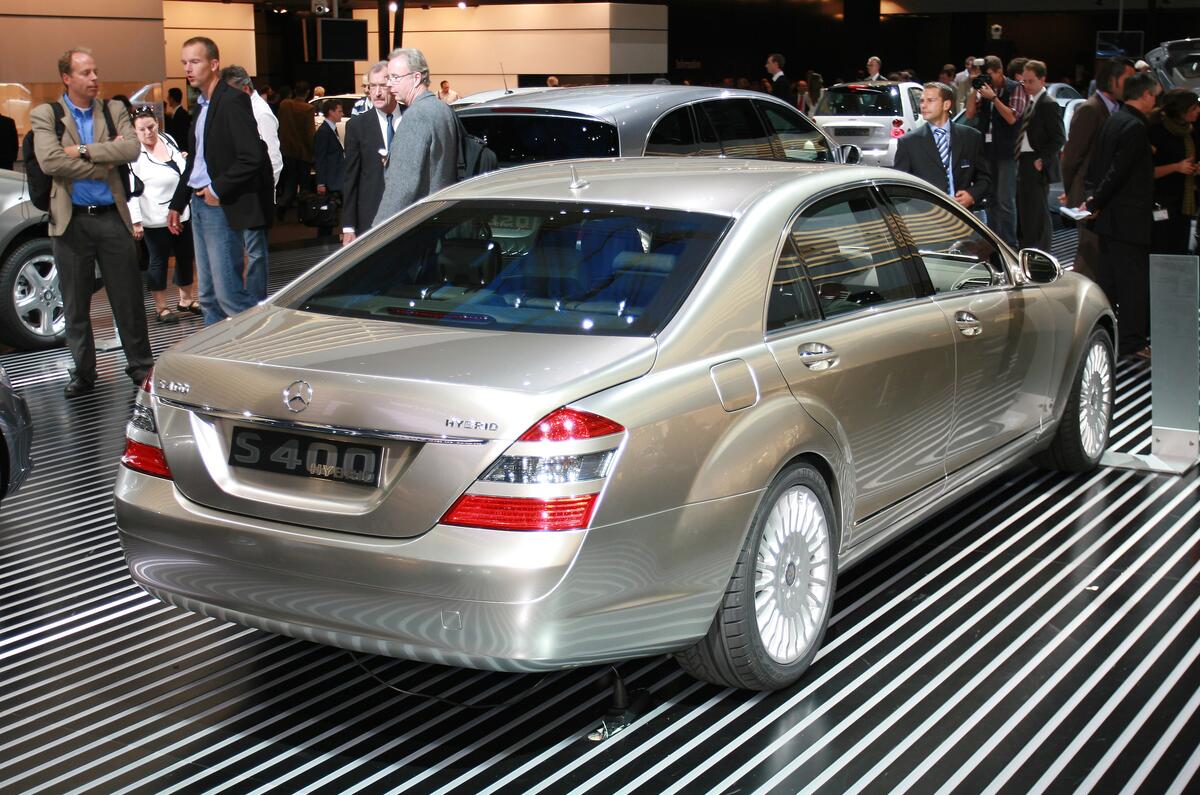








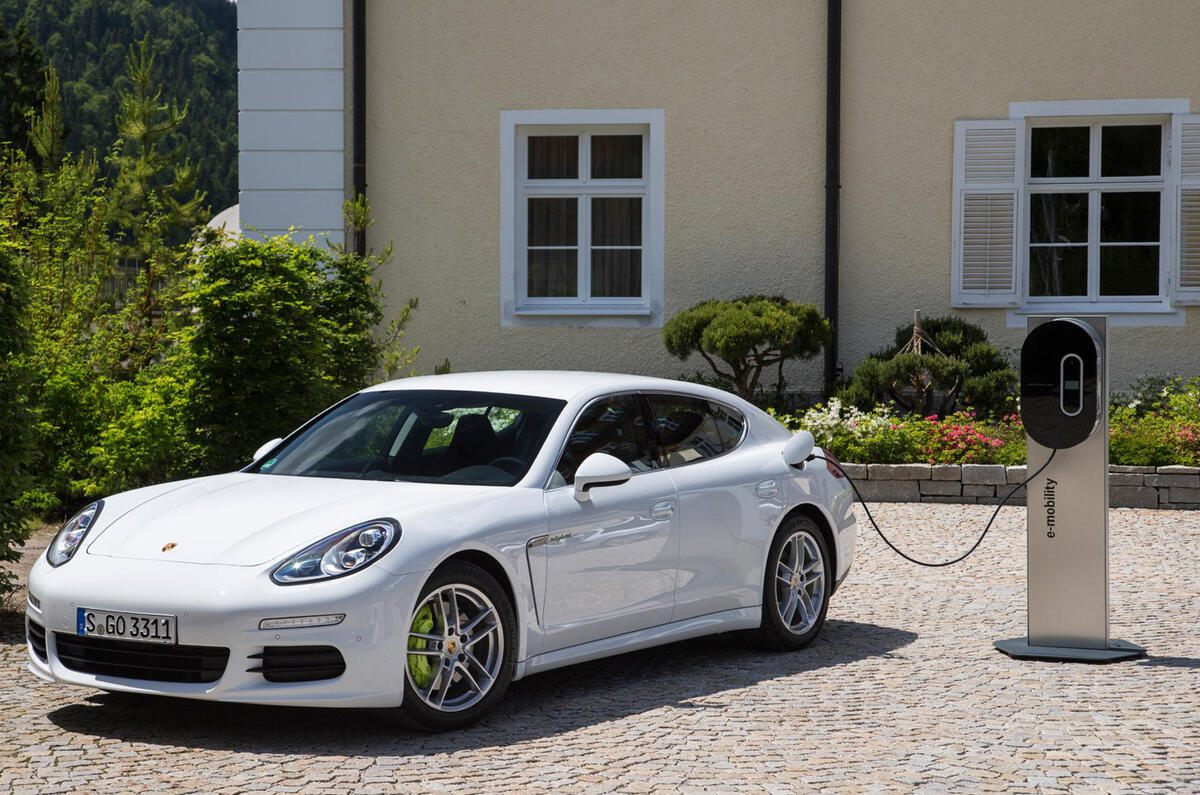

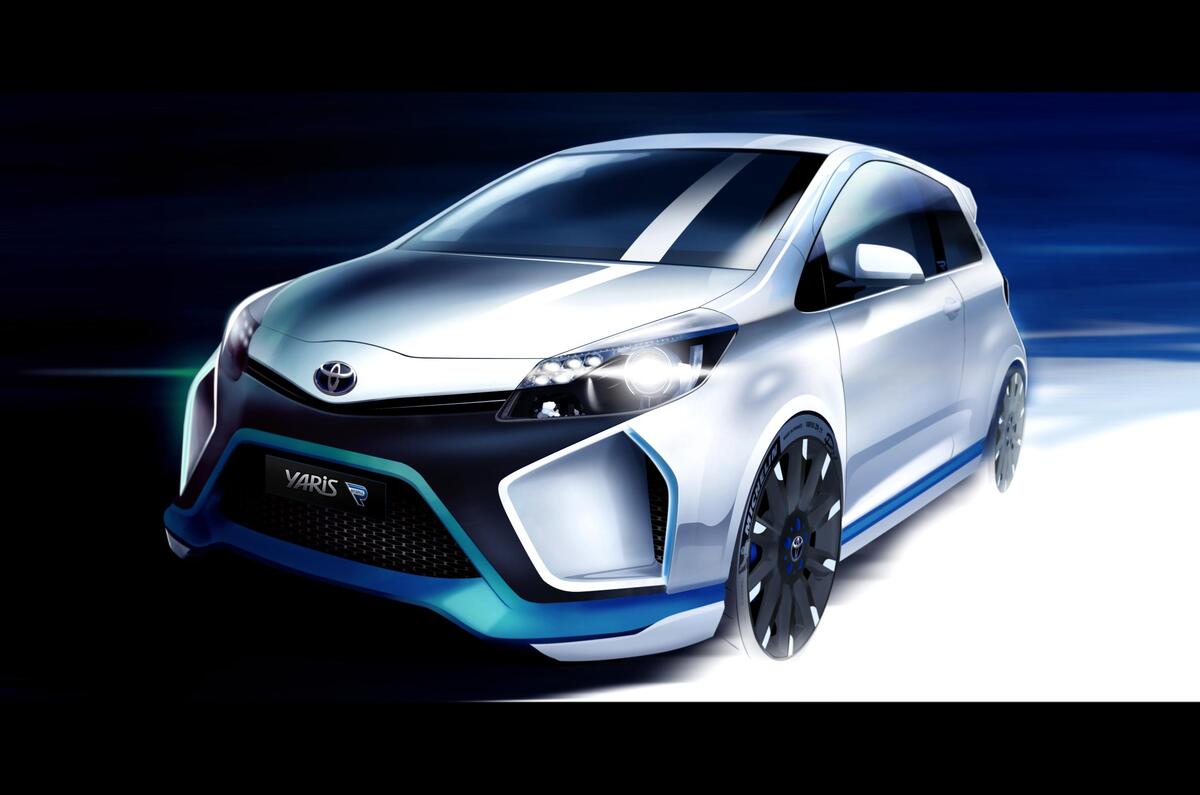








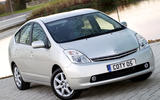


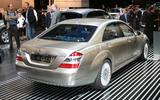














Join the debate
Add your comment
so we are heading towards electric powered vehicles
the only reason why some manufacturers are behind in electric propelled technology is because they found a new market that is not being killed by fuel prices
Interesting article...
... shows that VW and Audi were at some point in time not lagging behind everyone in the hybrid technology.
When the mighty Range Rover develops a hybrid car then we should know we have entered the hybrid era.
Would like to know Jeremy Clarkson's views. After all he's been lampooning hybrids since the advent of Prius.
With all due respect that I have for his motoring acumen, on this occasion he may have to eat his hair. Again!
Waste of time.
After all these years EVs are still a waste of time space and money.